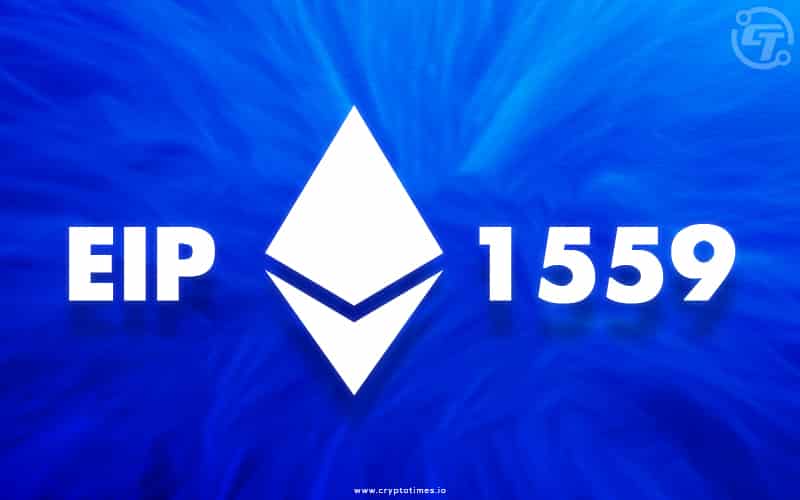In Brief:
- Ethereum Co-Founder Vitalik Buterin has proposed “Multidimensional EIP-1559” for the Ethereum network.
- The proposal suggests two solutions using “multidimensional” pricing to tackle the spike in transaction fee.
In a blog dated January 05, Ethereum co-founder Vitalik Buterin has proposed “Multidimensional EIP-1559” for the Ethereum network in order to tackle the spike in transaction fees.
The proposal titled “Multidimensional EIP-1559” also stated that different resources in the Ethereum Virtual Machine (EVM) have different demands when it comes to gas usage.
Further, he added that there are different limits for short-term “burst” capacity as opposed to “sustained” capacity within the EVM. He cited instances of the ‘limits ’ for EVM usage, block data storage, witness data storage, and state size filling.
However, the issue is that combining all the different resources into a single one causes “very sub-optimal gas costs” when these limits are mispositioned.
The co-founder summarized his proposed changes using mathematical explanation and in the end, offered two alternative solutions using “multidimensional” pricing.
The first alternative includes calculating the gas cost for resources such as call data and storage by dividing the base fee for each unit of the resource by the total base fee. The base fee is a fixed-per-block network fee included in the Ethereum Improvement Proposal (EIP) 1559 algorithm.
The second alternative solution is a little complex one. This sets a base fee for using resources but also includes burst limits on each resource. It also includes “priority fees” which are set as a percentage and calculated by multiplying the percentage by the base fee.
Pointing out the cons of the multidimensional fee structure, he stated that “block builders would not be able to simply accept transactions in high-to-low order of fee-per-gas”. Therefore, they must balance the dimensions and solve additional math problems.
While there is still a lot of weighing and measuring for passing this proposal, a big upgrade for the network is on the horizon already. In December, the Ethereum developers introduced the Kintsugi testnet to examine the merge with the mainnet which will replace proof-of-work with the proof-of-stake mechanism.






